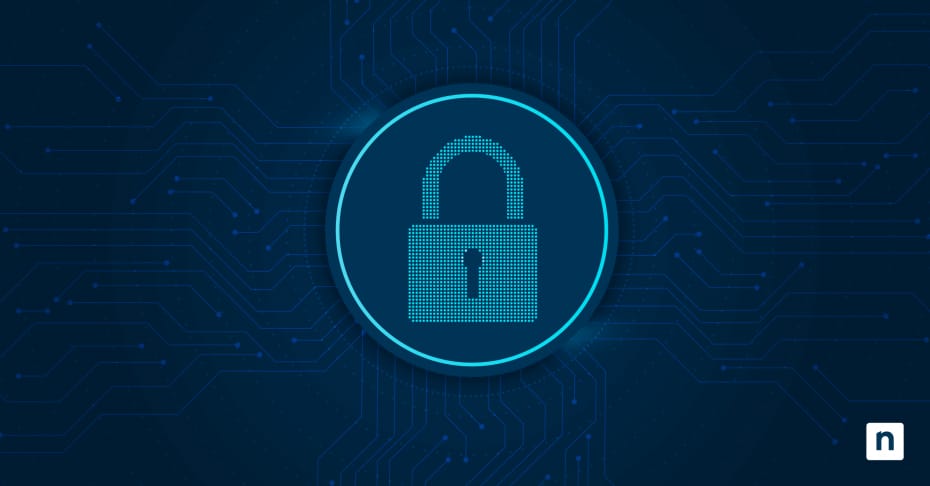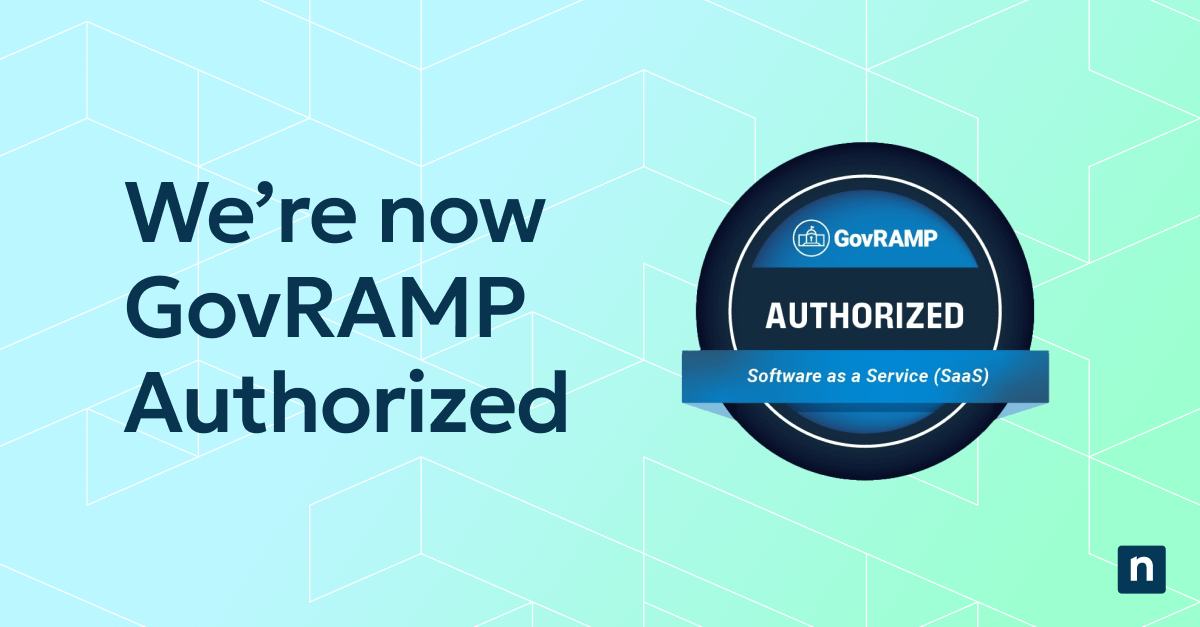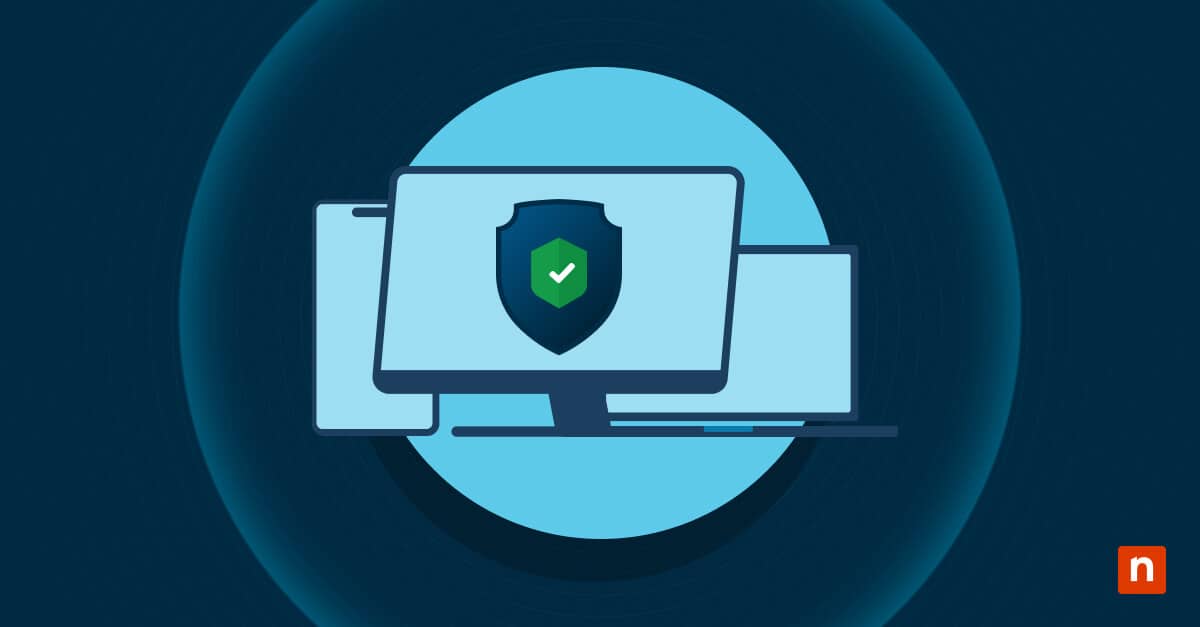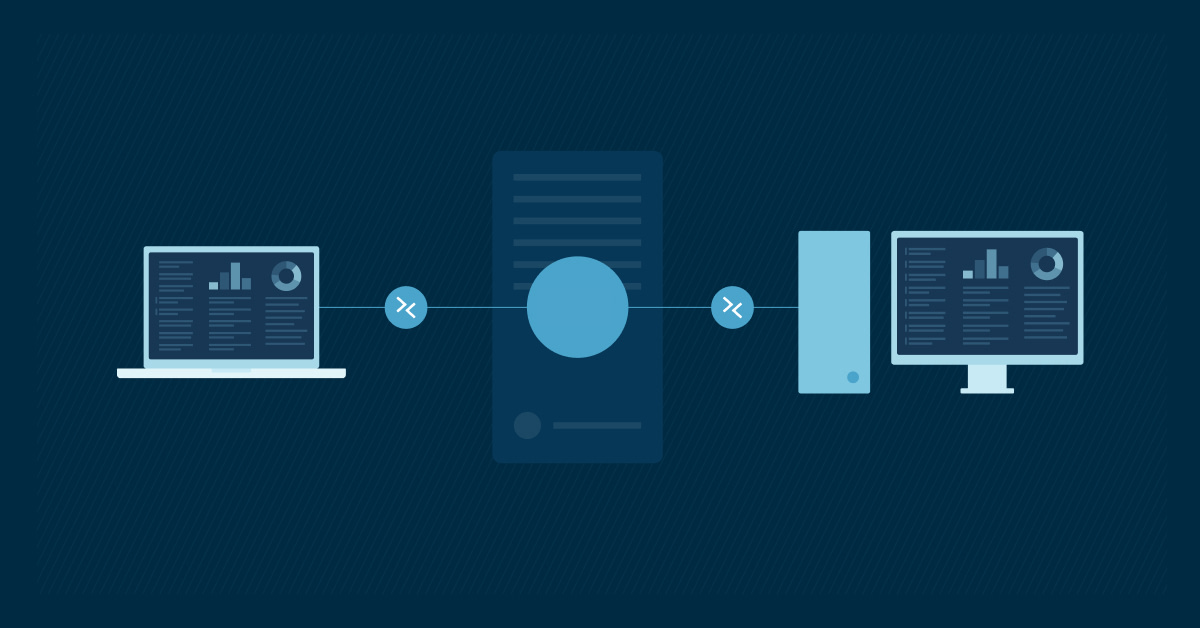As organizations embrace cloud services, containerization, and automated deployment pipelines, the number of secrets that require protection increases exponentially. Effective secrets management addresses these challenges by implementing methods to store, distribute and rotate sensitive credentials throughout their lifecycle.
What is secrets management?
Secrets management refers to the systematic process of securing, storing, distributing, rotating and auditing the sensitive credentials used by applications, services and systems throughout your IT infrastructure. Unlike traditional password management focused on human users, secrets management primarily addresses machine-to-machine authentication, where credentials are used programmatically without human intervention.
Why secrets management is critical today
Growing security threats have fundamentally changed how organizations handle authentication. Where once a handful of administrator passwords might have been enough, today’s environments contain hundreds or thousands of secrets — API keys, database credentials, encryption keys, certificates, and service account passwords. These exist across on-premises systems, multiple cloud platforms, and third-party services, creating a complex web of sensitive information that requires protection.
With data breaches costing organizations an average of tens of millions per incident, proper secrets management has moved from a good practice to an absolute must. The risks extend beyond direct financial impact to include regulatory penalties, intellectual property theft, reputational damage and operational disruption.
How does secrets management work?
The foundation of effective secrets management lies in centralizing control while decentralizing access. Rather than storing credentials in configuration files, environment variables, or code repositories, organizations implement specialized vaults that encrypt secrets at rest and in transit. These systems provide controlled, authenticated access to secrets while maintaining detailed logs of who accessed what and when.
Modern solutions use strong encryption, granular access controls and automated workflows to protect sensitive materials. When applications or services need to authenticate, they request the required credentials from the secrets management system rather than storing them locally.
Identifying sensitive data
The first step in implementing secrets management involves conducting a comprehensive inventory of all credentials across your environment. This discovery process identifies where secrets currently reside and how they’re being used throughout your infrastructure and applications.
Many organizations are surprised to discover the extent of their secrets sprawl. Credentials frequently hide in plain sight within configuration files, scripts, CI/CD pipelines and infrastructure-as-code templates. Automated scanning tools can help identify these sensitive materials by examining code, configuration files and deployment artifacts.
Consider these discovery methods:
- Perform automated code scanning with specialized tools that detect patterns matching API keys, passwords, and other credentials.
- Review infrastructure-as-code templates and configuration management scripts for hardcoded secrets.
- Examine CI/CD pipelines and deployment automation for embedded authentication materials.
- Analyze application configuration files, and environment variables across development, testing and production environments.
- Review cloud service configurations and access controls for exposed credentials.
Storing and rotating secrets
Once you’ve identified your organization’s secrets, they must be migrated to secure storage solutions designed specifically for credential protection. These specialized vaults provide encryption, access controls, and auditing capabilities that far exceed what’s possible with homegrown solutions. Regular rotation of credentials is considered a fundamental security practice that limits the potential damage of compromised secrets.
Integrating with IT workflows
Effective secrets management requires seamless integration with existing IT processes and workflows. When properly implemented, accessing secrets becomes transparent to applications and users while maintaining strong security controls behind the scenes.
Most solutions provide APIs, SDKs, and plugins that facilitate integration with development tools, deployment pipelines, and runtime environments. These integrations allow applications to retrieve secrets programmatically without developers needing to implement complex authentication logic. For DevOps teams, the ability to incorporate secrets management into CI/CD pipelines keeps deployments secure without introducing friction.
Monitoring and auditing
Comprehensive visibility into how secrets are accessed and used represents a critical component of effective management. Monitoring and auditing capabilities provide the information needed to detect suspicious activities, demonstrate compliance and continuously improve security posture.
Monitoring and auditing secrets management provides the insights needed to maintain a strong security posture.
Consider these key aspects:
- Gain full visibility into secret access and usage with detailed logs and monitoring.
- Use monitoring and audits to detect threats, prove compliance, and enhance security.
- Detect anomalies, track who accessed what, when, and from where.
- Demonstrate compliance and strengthen your security posture with continuous auditing and intelligent threat detection.
Secret management best practices
Implementing an effective secrets management program requires building a comprehensive strategy rather than deploying point solutions that address only specific aspects of the challenge.
Successful secret management practices combine technological controls with appropriate policies and procedures. The goal is to create a system that balances security with usability — protecting sensitive credentials without impeding real work.
Zero-trust architecture
Zero-trust architecture centers on “never trust, always verify” principles — treating all secret requests as potentially malicious until proven legitimate. This requires strong authentication mechanisms, granular authorization policies, and continuous monitoring. Zero-trust principles form the foundation of modern secrets management by eliminating implicit trust and requiring continuous verification.
Under this model, every request for secrets is authenticated and authorized regardless of where it originates, whether from inside or outside traditional network boundaries.
Automation strategies
Manual processes represent one of the greatest vulnerabilities in secrets management. Human intervention introduces opportunities for mistakes, shortcuts, and security bypasses. Automation eliminates these risks while improving consistency and reliability.
Automating secrets management involves implementing secure workflows for the entire credential lifecycle — from creation and distribution to rotation and revocation. When properly implemented, these automated processes eliminate manual credential handling, reducing both security risks and operational overhead.
DevSecOps integration
Within DevSecOps environments, secrets management focuses on embedding security practices throughout the development lifecycle rather than treating them as separate concerns. This integration makes security an integral part of the development process rather than an afterthought.
DevSecOps integration involves providing developers with secure methods to access necessary secrets during development while preventing those credentials from being exposed in code repositories or deployment artifacts. Development environments might use different credentials than production systems, with automated processes handling the substitution during deployment.
Compliance frameworks
Regulatory requirements increasingly address how organizations manage sensitive credentials. Compliance frameworks provide structure for implementing controls that satisfy these requirements while following industry best practices.
Different industries face varying compliance requirements — from PCI DSS for payment processing to HIPAA for healthcare and GDPR for personal data. These frameworks typically include specific controls related to authentication, access management, and credential protection. Regular audits verify compliance and identify opportunities for improvement.
Advanced strategies for secrets management
As organizations mature their capabilities, they can implement advanced strategies that provide enhanced security, greater automation, and more seamless integration. These strategies build on foundational practices to address sophisticated threats and complex environments.
Consider these advanced strategies:
- Use dynamic secrets with short lifespans to limit credential theft.
- Enable just-in-time access to avoid standing credentials.
- Evolve basic secret management to tackle advanced threats.
Keep Your Secrets Safe
Still juggling passwords and hoping for the best? It’s time to ditch manual credential management. Modern IT demands smarter secrets management — centralized, automated, and built for security from the ground up.
Start your free trial with NinjaOne and give your IT and DevOps teams the tools they need to stay secure, compliant and in control.
No breaches. No guesswork. Just better protection.








